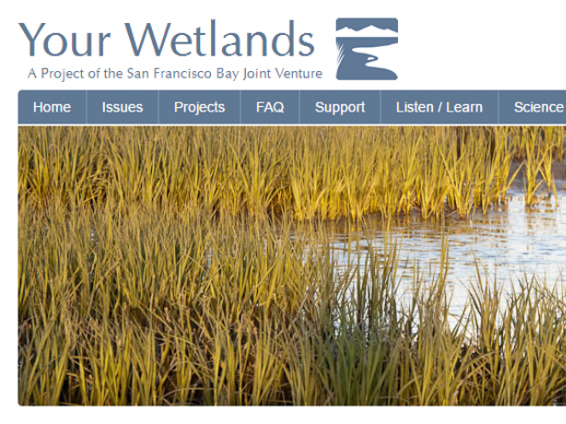Flood Control 2.0 Completed!
Jun 22, 2017
SFEI and several agency partners recently completed a multi-year, EPA funded project called Flood Control 2.0. Flood Control 2.0 focused on providing information to help flood control agencies and restoration practitioners design channels at the Bay edge that promote improved sediment transport, improved flood conveyance, and the restoration of adjacent bayland habitats. In addition, the project focused on beneficial reuse options for dredged sediment from highly constrained flood control channels with limited restoration opportunities. Through a series of coordinated analyses, Flood Control 2.0 addressed some of the major elements associated with channel design and management at the Bay interface that will benefit people and habitats as climate continues to change and sea level continues to rise.
At the end of May, SFEI released the Flood Control 2.0 project on-line toolbox: floodcontrol.sfei.org. The toolbox contains interactive maps, databases, interviews, and technical reports that provide the management and restoration communities with useful information related to the technical, regulatory, and economic aspects of multi-benefit channel design at the Bay edge. The most recently completed tools include SediMatch, an interactive map for matching those with sediment with those who need sediment for restoration projects, and Changing Channels, a technical report summarizing key physical characteristics of the major flood control channels at the Bay edge. Changing Channels also highlights potential opportunities for improving sediment delivery from flood control channels to baylands. SFEI is committed to working with our partners in the region to find ways to apply these tools to future channel management projects.
Published copies of the Changing Channels report can be purchased here.
Associated Staff:
Programs and Focus Areas:
Clean Water Program
Environmental Informatics Program
Resilient Landscapes Program
Historical Ecology
Watershed Science & Management




